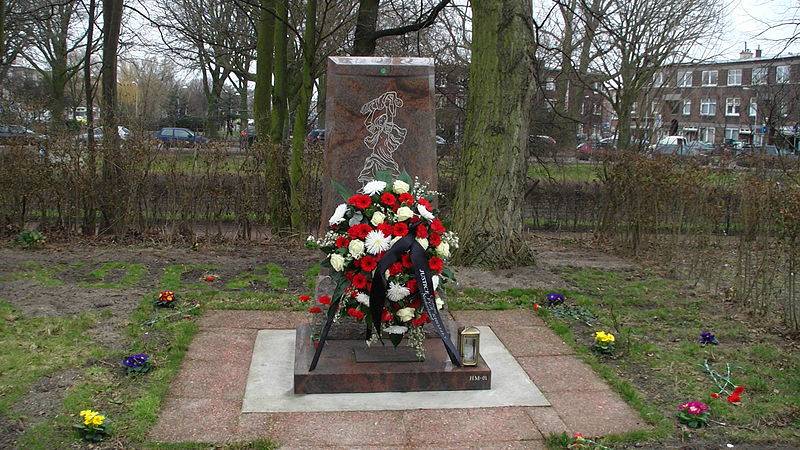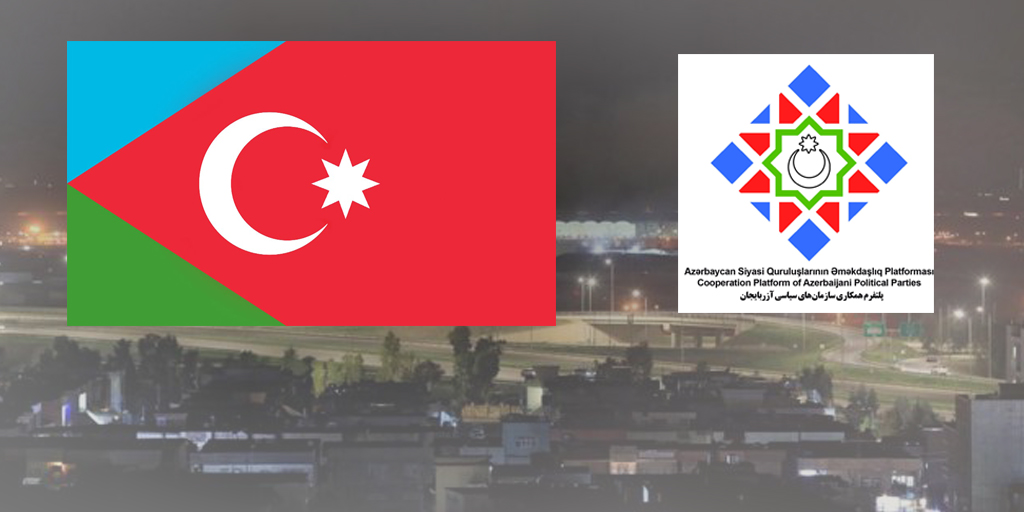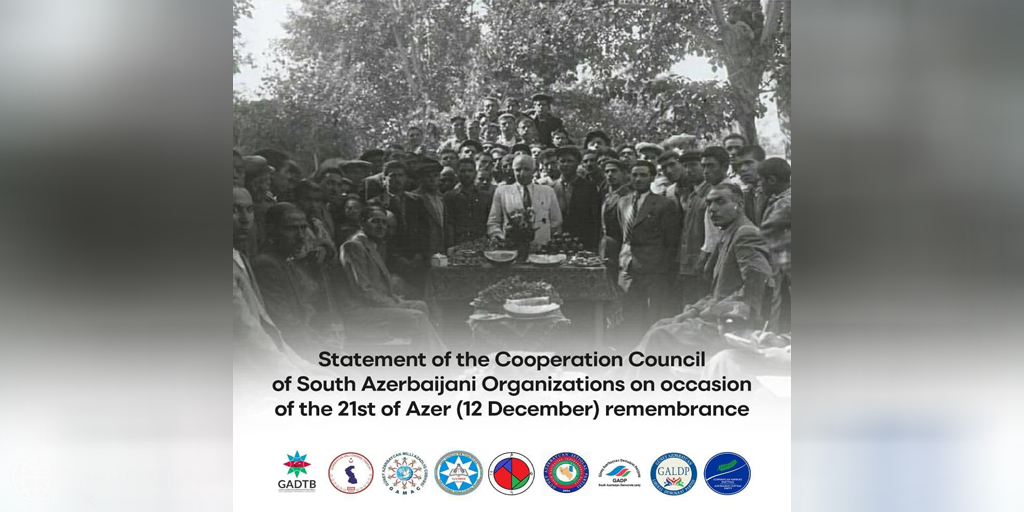The political history of Southern Azerbaijan

The history of Azerbaijan goes back to BC 6th century, which was a crossroad between Europe and West Asia. After the demise of Alexander the Great, Albania state was formed in the northern part of the Azerbaijan and in the south Atropatene State. This name is seen in Syrian and old Byzantine sources.
In 1828, Azerbaijan from north included parts of Dagestan, Georgia and Armenia and all the present northern Azerbaijan Republic areas, and from the south the provinces Ardabil, Zanjan, Qazwin, East Azerbaijan, and West Azerbaijan and some parts of Hamadan and Gilan.
Azerbaijan is mentioned in the historic sources of the Islamic era, which denoted to the Republic of Azerbaijan and Southern Azerbaijan occupied by Iran. During the periods of Islamic and Turkey rule southern Azerbaijan was semi autonomous province, especially during the old Empire time, which was independent from these Empires, and mostly Azerbaijan enjoyed good political situation distinguished from other regions during the period of the history of the region (Iran).
In 1552 AD, Russia invaded Qazan state (capital of present Tatrestan ) and Russian forces moved towards south, through the wars with Qajar state Russia invaded parts of the Qajar Empire and especially vast parts of historic Azerbaijan. These wars led to the accord “ Turkmen Tshay” between Nicholas first and Fateh Ali shah on 10/02/1828. Through this accord, the parts of the Ars river became under the control of Tazar Empire and parts of south became within the Mahrous kingdoms administered by Turkish Qajars. This accord divided Azerbaijan into South and North and Ars river became borders of present Iran and then Tsar Russia. The northern part of Azerbaijan which was under the Tsar control was declared its independence in 1918, which is considered as the first Islamic republic. In 1920 AD Bolshevik Russia invaded Azerbaijan and it was maintained as Socialist Republic System within the former Soviet Union. Then the northern part was declared independent after the collapse of the Soviet Union and this part became Azerbaijan Republic. The southern part (Sothern Azerbaijan ) was within the Mahrousa kingdoms controlled by Qajars, and this made its fate completely different from the northern part.
Political and Economic position of Azerbaijan
The southern Azerbaijan, with its capital Tabriz, was a centre of shift which demanded changes in the economic, political and administration system in that stage, and consequently became a challenge to the rulers of Iranian capital. The southern part of Azerbaijan played a role in shifting into modernisation which is still continuing.
Population statistics of Sothern Azerbaijan
It is difficult to know the exact number of the population of the peoples in present Iran, due to the political control of the regime and forgery in real statistics, it is enough to mention that, the statistics of population in Iran is not completed on the national basis due to political causes. it is difficult to define the real number of Azerbaijan population due to political milieu and geographical spreading of Turkish people, one of the government statistics denote that, more than 25 % of population of Tehran and more than 34 % population of Karaj, and 26 % population of Qum are Turks, especially the Turkish population is spread in many Persian provinces. But the population focusing of the Turkish people can be seen in one geographic unit which reaches to 95 % in the historic lands of southern Azerbaijan, the same documents denote that, the population of Turks, in present Iranian geography surpasses 40 million. The unofficial statistics denote that, those who reside in Southern Azerbaijan are between 20-35 million.
The historical fact of Iranian community
Since the first days of Elam civilization of BC 5th century, on the banks of Karun River, the present geography of Iran was a land where many people resided with their own languages and cultures.
It is imperative before we enter to talk about the “Iranian Community” to discuss the system of thought, method of cultural and political thinking and especially the thinking structure of Persian intellectual. Due to the old history of this region (present Iran ) and the fundamental apprehensions of the Pahlavi regime about this historical reality it was easy for Persians to create one community based on one language and one Persian culture. Bernard Lewis, the British American historian, tells in his book “the Multiple Identities of the Middle East” that, the discovery of old Iran in the third quarter of the 19th century enabled the Iranian educated people to read the literature, and European researches which created awareness in their mind that, they had an important civilization in the past. Which means the thought of creating one community based on the history, race and culture is a thought imported from the west, which was changed by the Persians to the notion, taking advantage of enmity towards Arabs and Turks and from the intellectual heritage of the old Persian thought ( after Islam ) to give new definition compatible with the Persian national aspirations. The Persian intellectual depended on the Persian language as the language of the country and considered the Iranian as the best race ( Aryan race ) depending this basis as the origin of the Iranian people and the government”.
The Persians forged the political history and wrote the history, Persian political literature, asserting through it that, the Arabs and Turks are strangers and invaders entered Iran and destroyed the shining civilization of Aryan people. Through this forgery and historic innovation the Persians explained that, the Aryan race is Persian, and the basis of the Ekheniya Empire that established Iranian state and civilization. Really, if we examine the hidden reality of this we can see this happened in accordance with the strategic and geo-political preferences of some colonial countries in the 19th century.
It is worth mentioning that, the diplomat and historian “ Sir John Malcolm” first ambassador to Britain during the rule of Fateh Ali
Al Qajar, wrote a book under the title “ The History of Persia “ in 1813. This book describes the phase of the British strategic politics to retain India due to its utmost importance for this region, and it was necessary to be Iran under the British control, so it was necessary on Britain to make Iran a buffer zone between India, Al Raqba,and Russia, to enable Britain to retain its important colonies. Stemming from this strategy Sir John Malcolm told first time about old Iran and presented central view of Aryan race, and his aim was to establish that, Iranian community is different from other communities in the Middle East as they are selected people of the God!!. But the reality of history is different, which says that there had civilizations with history and ancient monuments that speak about its existence during that periods of the history of these communities, before humans entered from Euro- India and others from Middle Asia to the present Iranian plateau.
Arabs emancipate Persians from slavery
Contrary to the official and ideological claims in the Iranian history writing, the neutral historians mentioned that the Euro – Indian tribes which entered Iranian plateau were barbarian tribes who destroyed old civilizations existed in the region which is presently known as “Iran”.
One of the myths in the official ideology book that explains the resistance of Iranian people to the Islamic force which entered Persia to emancipate the land and human beings from the slavery, in that stage the present Iran was under the rule of Sassanians, and the social class system was similar to the Indian class system “ caste “ where the human being who is born in a specified social class has to remain in the same caste until he dies. On the other side, the ruling Zoroastrian Sassanian caste treated unjustly under the title “ Union of Magi Zoroastianic religion, which increased the hatred and rejection of social classes of Sassanians. The classes of the society were expecting a liberator to save them from the injustice and racial discrimination practiced by the Persian rulers. The Islam based on the principle of justice and equality became more acceptable by the society.
The impact of Arab and Turks in shaping Persian language
The other claims raised by the Iranian historians are related with the language of the peoples of the region. Contrary to the Persian racist claims Persian language was entered Iran after Persian’s entry to the country and the grace returns to the Islamic era which had an impact on the rules and style of literature of Persian language with Arabic language. In fact, the structure of Persian language was changed completely after the Arab and Turkish thoughts were entered into it, which adopted a course different from its outset. But the strange thing in this language is that, it was changed since the beginning of 19th century to a tool in the hands of Persian racists to exploit the non Persian people.
The Arabic, Turkish and Persian languages had a strong presence in all levels in the Geography of present Iran, for instance, Turkish language enjoyed strong political presence during the Safawid period than Arabic and Persian, and Persian language was present in poetry and gatherings and Arabic was considered as the language of knowledge, philosophy, religion and literature.
Turkish language had its own place in Iran. But the policy adopted by Reza Shah Pahlavi compelled the people to avoid their languages. Even though the historic facts are against the view of Persians, Persian racists tried to implement their view that, the Persian language is the general language of Iran and the Turkish and Arabic languages are foreign that should be wiped out.
Regarding this, Azerbaijani professor Ali Redha Ashgar Zadah opines that, the existence of racism is the important and decisive cause in creating disparity, disharmony, fighting and social oppression and unequal power relations. We can understand by reading the books of history, literature, religion, politics and especially the official and non official circulations in Iran that, the Persians use the books of literature, history, language and education system as a principle and strategic bases and to render legitimacy within the present diversified Iranian society.
Independence of provinces and recognition of Qajars
After the entry of Islam to Iranian geographic areas, the governments were established on ethnic basis, including Turkish, Arab and Persian, but these governments couldn’t rule all these areas which are known today as Iran. But the entry of Pahlavians put an end to this historic balance which was seen in Iran. The Qajari government documents mention that there had a historic period for Iran known as Mahrousa kingdoms era.
The presence of independent and semi independent provinces like Azerbaijan and Ahwaz (Arabstan), larastan, Kurdistan during the Qajari era. The weak countries were subjected to some big countries due to their need to areas that contain economic resources which were occupied by these powers. The huge natural resources contain these areas urged Pahlavi government with the help of Britain to invade these provinces militarily and to carry out massacres against the people who opposed the Persian occupation forces. the non Persian people were massacred and the women were raped. The notion of establishing of Persian community in modern Iran is based on the terrified massacres and systematic killing, and wiping out of the culture with policy of demeaning and denial of non Persian existence, and encouraging Persian existence by attributing it as Aryan which was one of the important attributions characterised by these powers which depend on Persian racism filled with hatred.
Al Mezmaah Studies & Research Centre


























